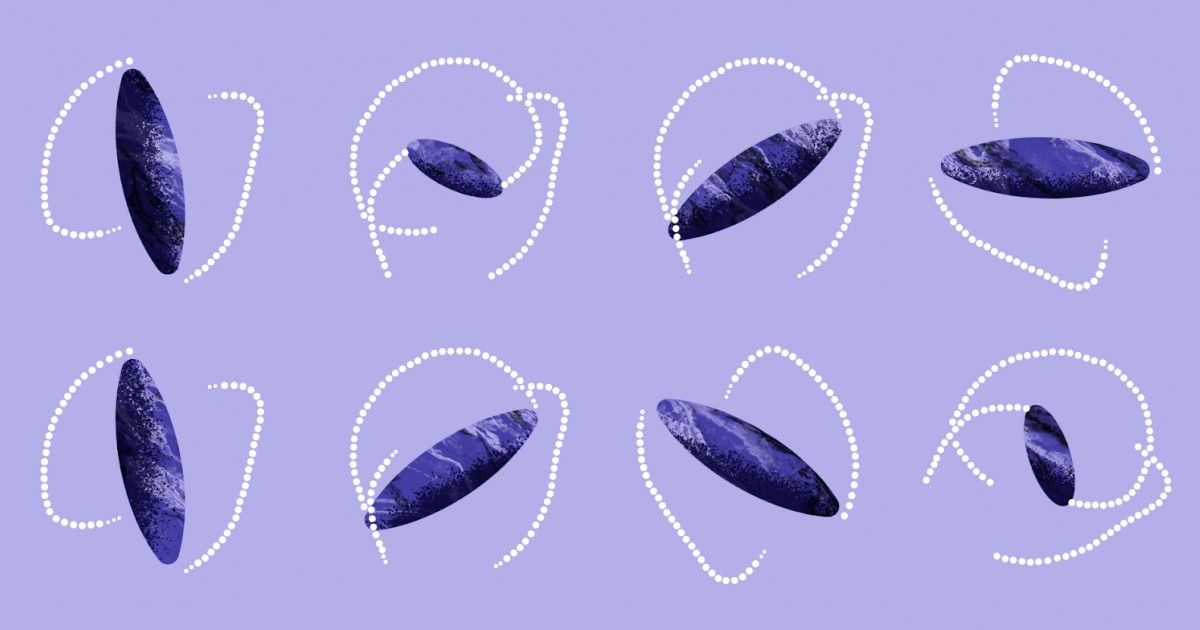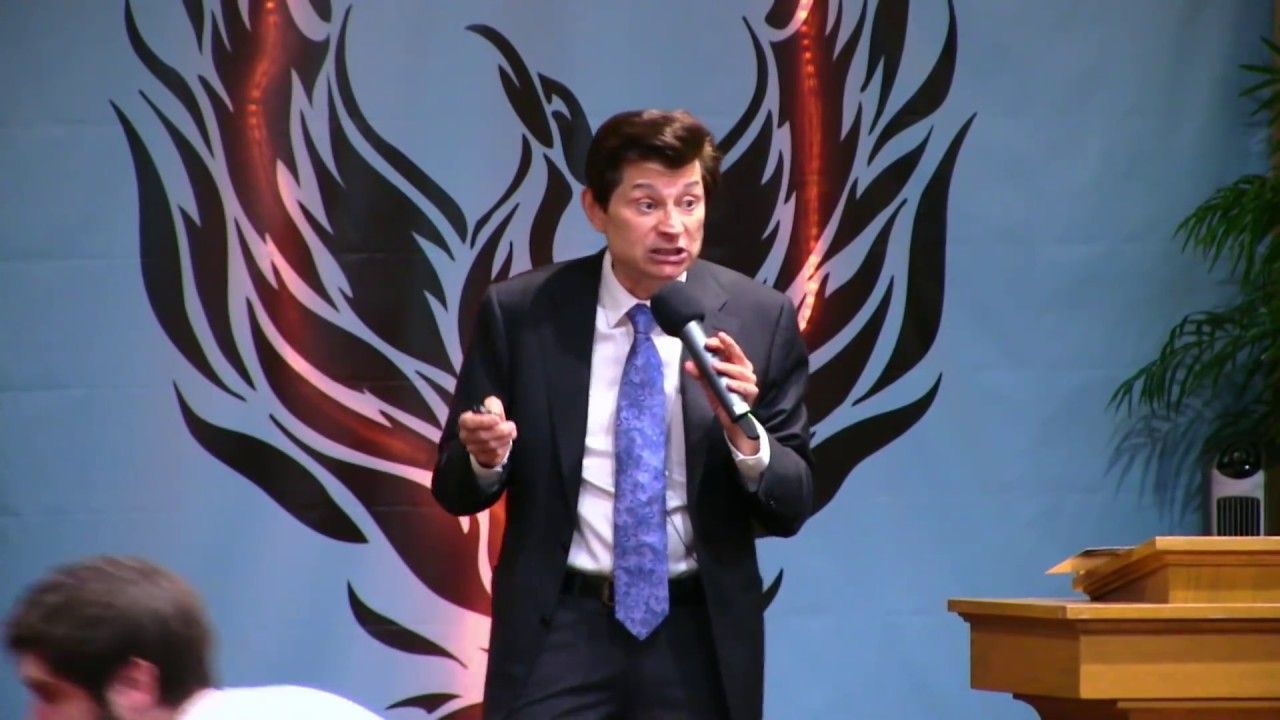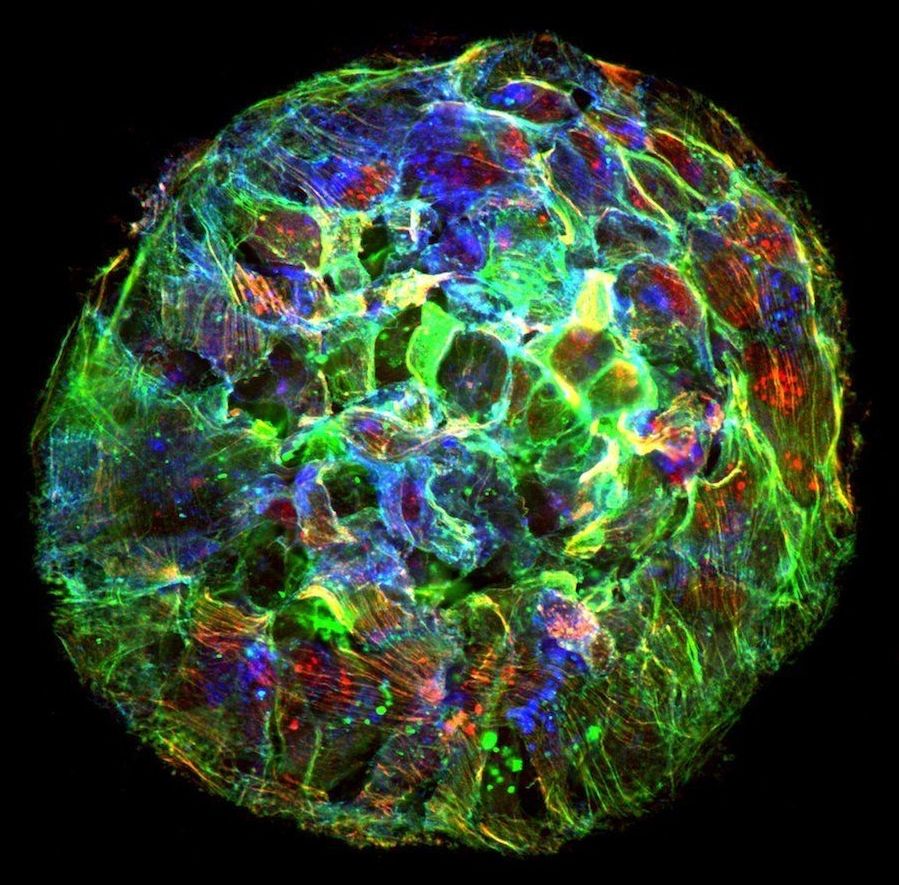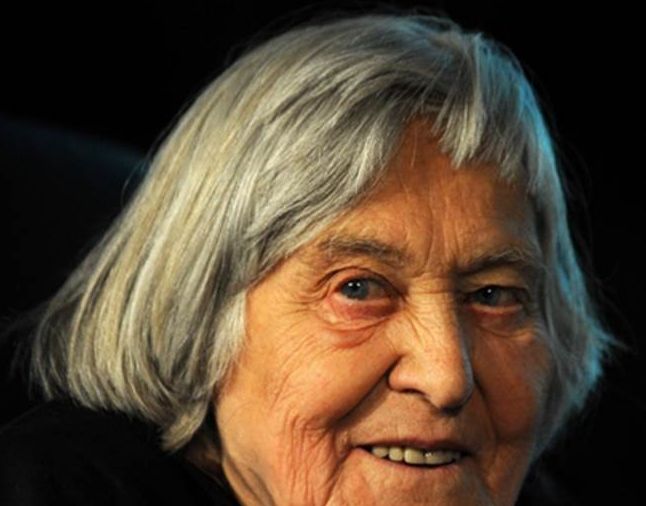Zero state reboot ~ amon twyman
The Zero State (ZS) community and movement was officially founded with the release of the Social Futurist Principles on 1st May 12011. It started energetically, but soon encountered a problem common across the internet, which we will briefly examine below. That problem led to a fallow period, and subsequent “reboot” announced at the end of December 12017.
The ZS reboot was intended to span this year (12018), and this article series aims to identify some key ideas related to that process, with a particular emphasis on our transition from theory to action. This is the last article series clarifying ZS ideas that I will be posting for the foreseeable future, so I can focus on developing our events, releases, and project teams.








